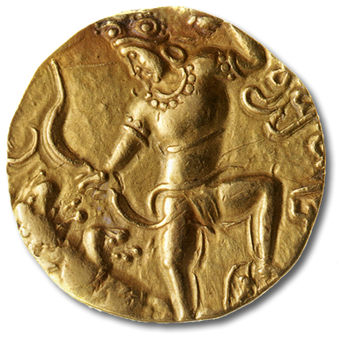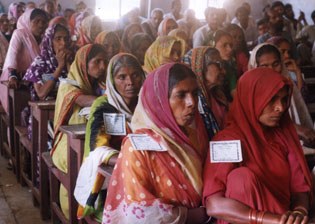IntroductionWe have written paragraphs about the economy, money and the caste system. We got a lot of this information from Google and Yahooligans. In the beginning, we had trouble understanding everything, but then we got used to it. We put government down because the governor has a lot of the money and had the power to wreck the caste system. Our teacher added the overview section from the notes we took because she thought it was important.India's economy is one of the largest economies in the world. You will learn more when you look at our web page about India's money and business. Overview of Economy Most Indians are farmers. People also earn a living through agriculture, crafts, support services, and other modern industries. Major exports of India include: chemicals, cotton, diamonds, jewelery, iron, steel, leather, and tea. Major imports include: chemicals, industrial machinery, pearls, gemstones. The countries India trades with most are: Germany, Japan, Saudi Arabia, England, and the United States. Money Money in India is known as rupees. In American dollars, rupees
are half of the amount of money you have. If you look at any Indian dollar, you will see that it is made with a kind of thin paper material. Also, if you look on an Indian dollar, you will see a lion with three heads and I think that is a certain symbol like a cultural one, or it may stand for the Indian leader or something to do with that. On every coin or dollar in the Indian money, there is a promise. The promise is: I promise to pay the bearer the sum of ____rupees. The Caste System The caste system started with 1500 warriors called the Ahmes. They decided that people would see them if they just came in and warned the whole country, so they went through a mountain in Pakistan. They divided their society into groups and each group had its own job. Then the groups went around India and the people in that part had to do those jobs. India used the caste system for a long time. There were five
levels: Brahma, Kishatriya, Vaisha, Shudra, and Harijans.
The caste system was broken in 1944. Today the values of the
caste system are still held strong.
This student project was sponsored by |


